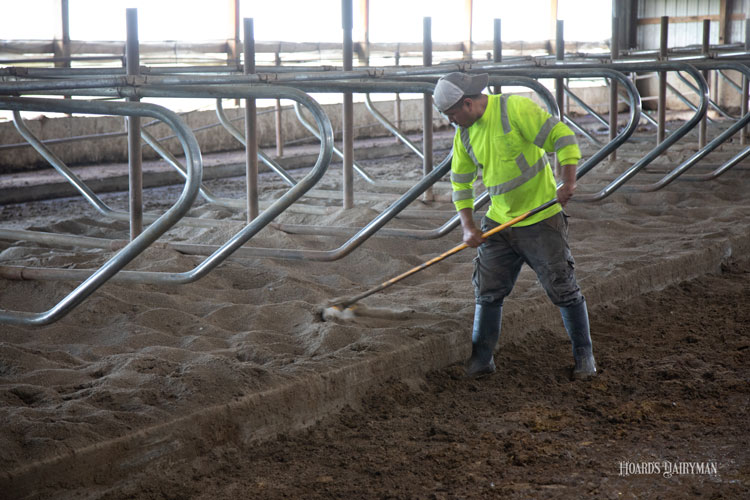
“What happens on paper isn’t always what happens in the field, in the barn, or in the parlor,” said Lisa Holden, an associate professor at Penn State University. She spoke about procedural drift during a Penn State Extension dairy management webinar.
While written standard operating procedures (SOP) are useful, “Having SOPs in place doesn’t prevent drift from happening,” Holden emphasized. “They certainly help, but drift is not going to go away.”
What exactly is procedural drift? “It’s the difference between what is written in the policy compared to what’s happening in real life on a day to day basis,” Holden said.
She explained that procedural drift is a common occurrence. “It’s a very normal thing,” she said. “It happens not just on dairies, but on all types of businesses.” She specifically pointed to the aviation industry as one that talks about procedural noncompliance quite often.
Does drift matter?
Holden shared examples that show it clearly does. For instance, if a farm’s feeder leaves the TMR mixer running too long, particle size will become smaller than it is should be. That, in turn, can reduce the butterfat content in milk.
Oftentimes, deviation from the actual SOP can become part of normal operations on the farm. “Bad habits take root like weeds,” Holden said. The problem is that drift can be costly and safety can be compromised.
There could be several reasons why SOPs are not followed accurately. One is that SOPs may be written down but are not always used. There are also some employees who are poor performers, looking for ways to get tasks done quicker or easier. Sometimes, SOPs are written vaguely or are out of date. And in some cases, managers don’t realize drift is happening, or they don’t take the time to correct it.
Holden offered some advice to help stop this unwanted drift on dairy farms:
1. Develop strong SOPs.
2. Train and retrain with the SOPs.
3. Monitor employees.
4. Create a culture of compliance.








